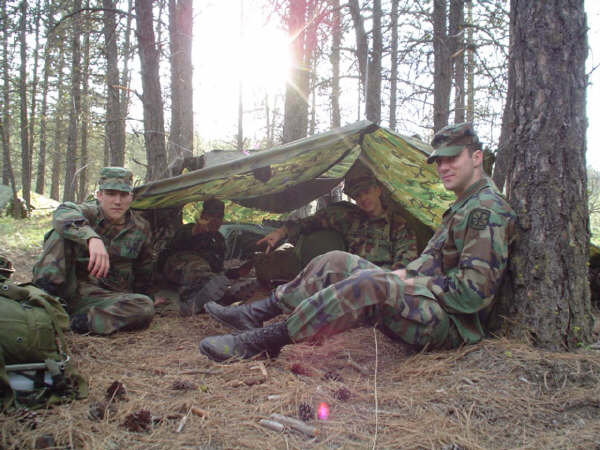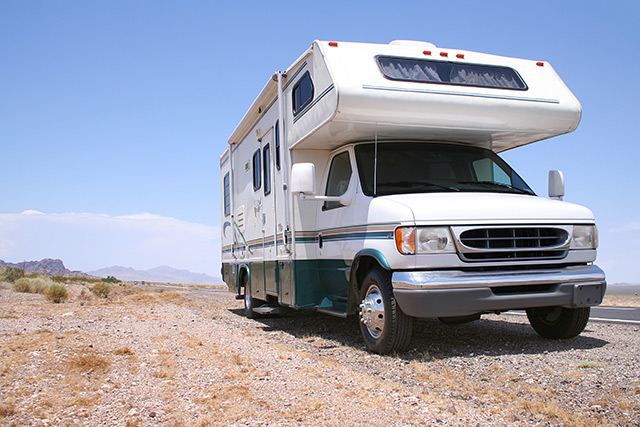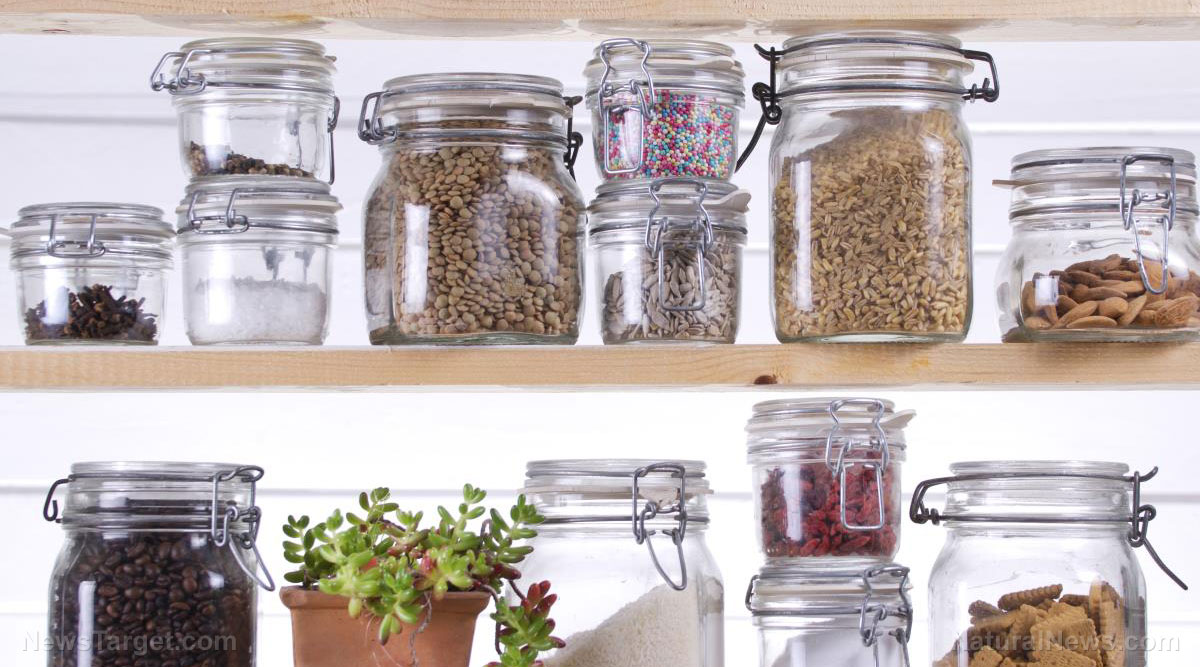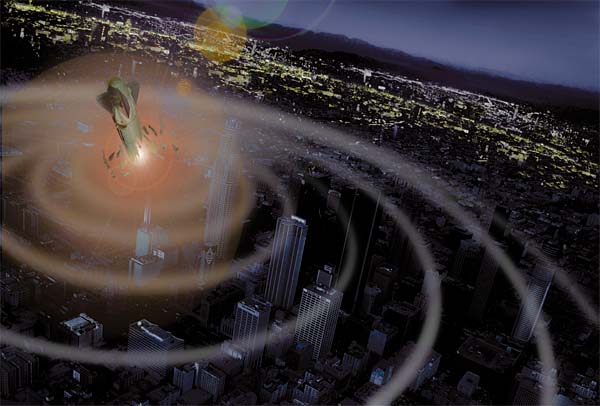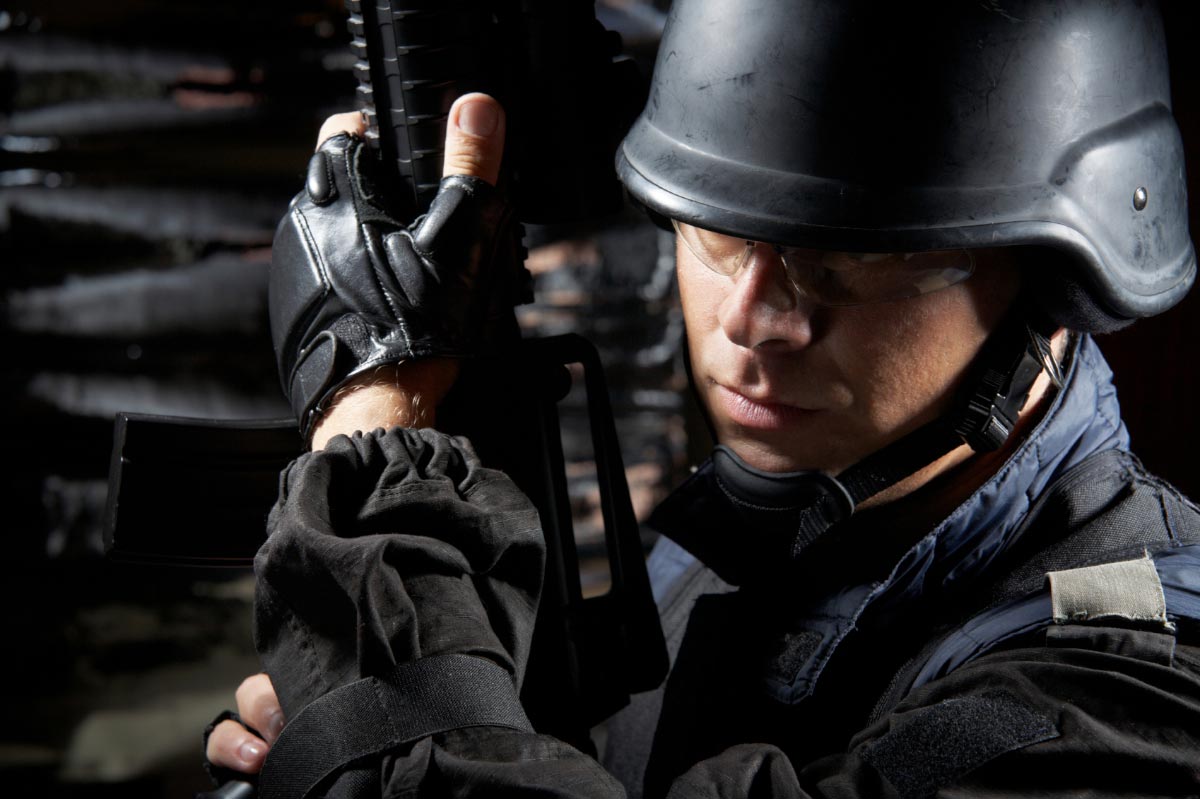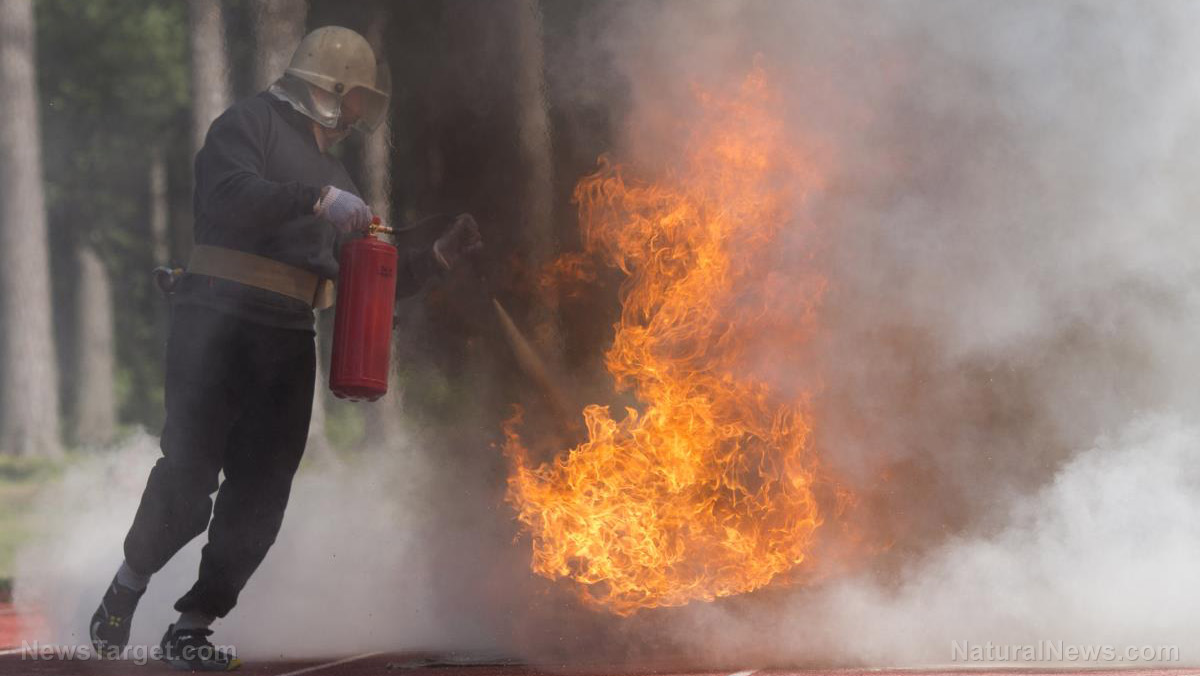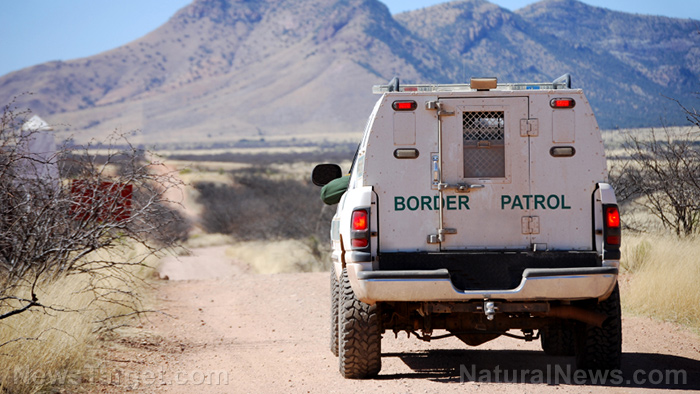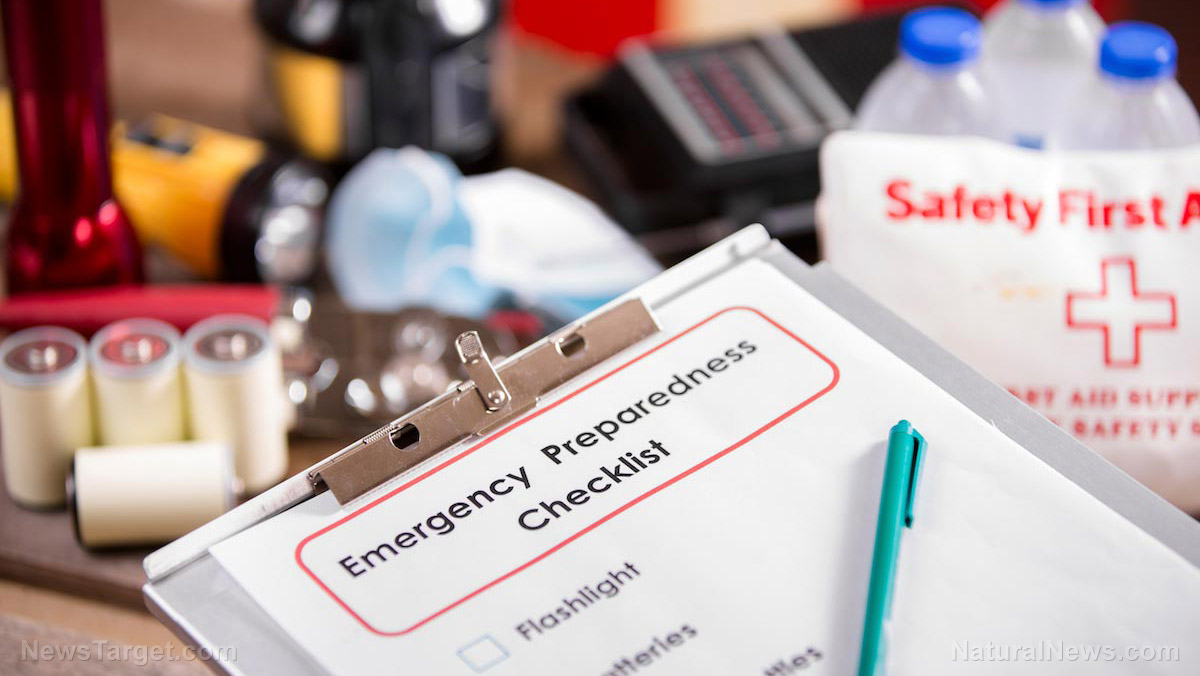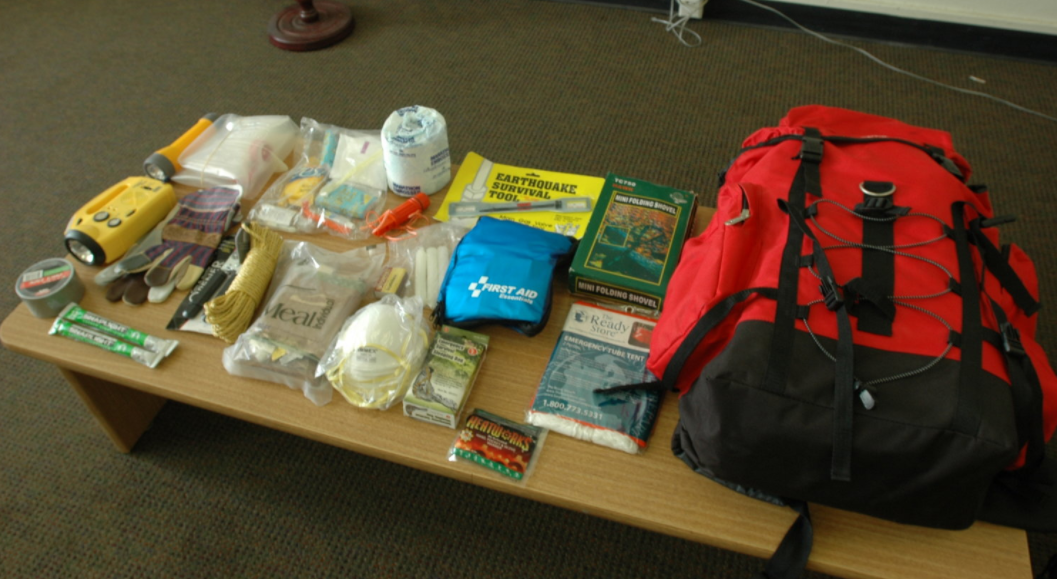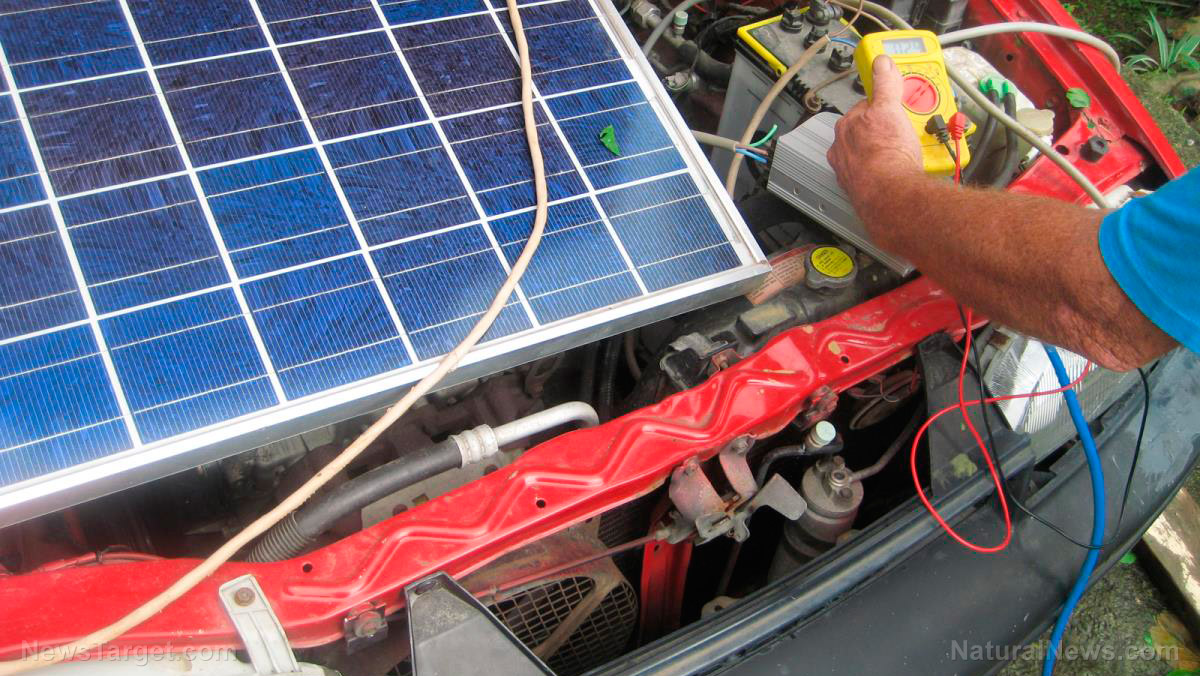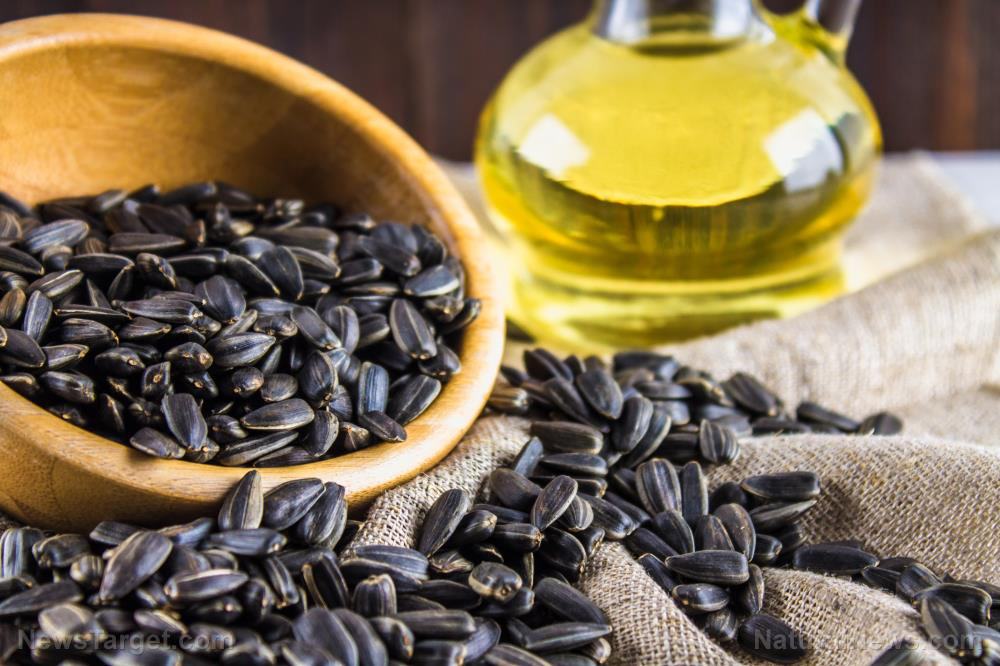Essential survival skill: DIY fire starters
04/19/2018 / By Janine Acero
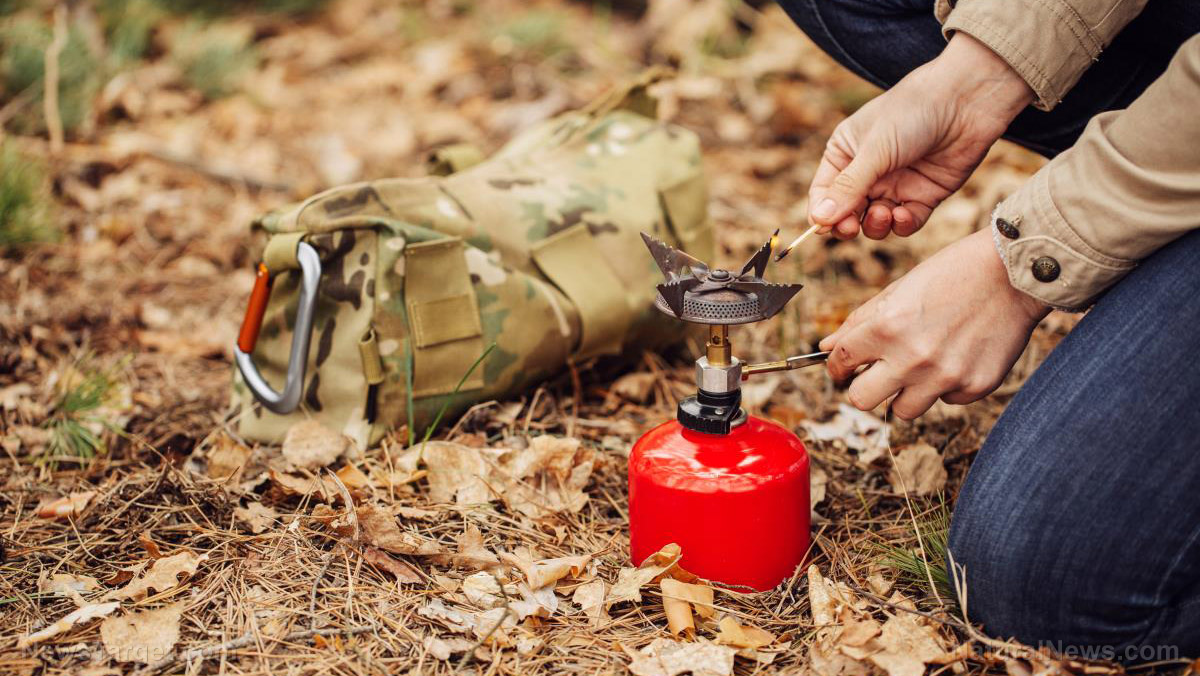
Fire is one of the many things that separate humans from the rest of the planet’s species; humans have survived and thrived, thanks to their ability to produce and wield fire.
For centuries, humans have used fire as a source of light at night, as well as heat to keep warm and cook food. Nothing much has changed in how humans use fire even in modern times, where technology basically runs everything.
However, even when everything seems to be run by robots and artificial intelligence today, safety and survival are not guaranteed. That’s why it’s still important to have some basic knowledge of certain survival skills. And one of the essential skills to know is how to start a fire.
A DIY fire-starter project may just be a prepper’s best friend. Being able to start a fire in case of an emergency could save you from freezing to death or dying of hunger.
Getting a fire started will have many benefits in off-grid settings, as well as low- or no-power scenarios. Moreover, knowing how to start a fire is a useful lesson to teach children so they would know what to do in such situations. (h/t to ThePrepperJournal.com)
Get your fire started
Some of the old stuff you have lying around might just be what you need when an emergency strikes.
- Dryer lint – For a fire starter that’s sure to burn long and hot, skip the wax and just add some wood shavings, fine chips, sawdust, or some pine cone bracts to the dryer lint. The thin wood is tinder, and dry pine cones excellent tinder-kindling. Pack it all into toilet paper rolls or egg carton sections with your dryer lint, or place small pine cones and wedge dryer lint into the gaps.
- Cotton, vaseline and foil – Dip some cotton on petroleum jelly and use the foil as a “handle” for moving your “candle.” This increases the times and places it can be used. The foil can be shaped to help protect them from a draft or to reflect light one way or another. Stick them in a metal or glass bowl or cup, and you can have light for three to five minutes.
- Feather stick – Peel up curls of wood for your very own kindling and tinder with excellent “catchability” and oxygen flow. You can also use the inner wood, which can be much drier than other kindling sources even after raining or snowmelt. You can make them out of whole raw sticks and branches, split logs, or pieces of junk timber and lumber.
- Cotton pads – Melt some candle into liquid wax, then dip some cotton pads in it using tweezers. Soak them thoroughly until they’re all covered in melted wax, pull them out, let them dry and harden.
- Orange peels – Orange peels contain oil that may be used to fuel a fire. Just dry some orange peels using a sheet pan or something similar and keep them inside a brown paper bag afterward, along with a silica pack, in order to keep them fresh and dry. Using orange peel as fire starters will give out a sweet aroma and they don’t leave as much residue as paper does.
Other great fire starters that will not blow your budget include waxed cardboard, twisted paper, egg cartons and toilet paper rolls. (Related: PREPPING 101: Top 11 ways to start a fire.)
Getting a fire started can be a big advantage. You can use leftovers from the holidays, old stuff you didn’t recycle, or other scraps that you may have lying around. Creating your own fire starters can help you save a lot of money, as well as spark your creativity.
Are you preparedness-minded? Then visit Preparedness.news for more cheap and easy DIY projects.
Sources include:
Tagged Under: fire starter, Gear, how-to, kindling, preparedness, preparedness tips, prepper, prepping, prepping tips, self help tips, survival, survival skills, Survival Tips, survivalist, tinder

